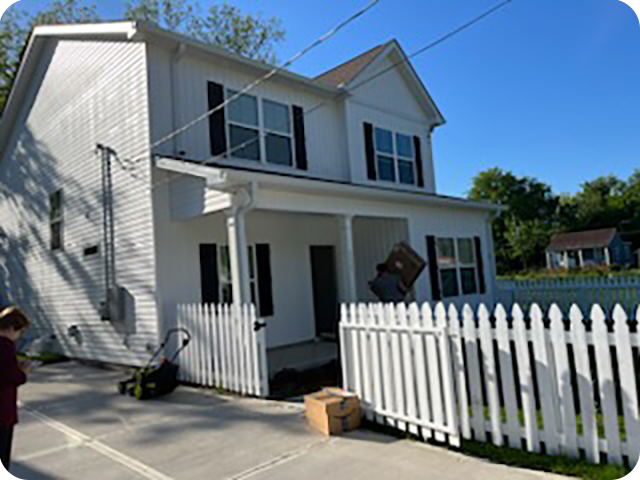Over the Years

1914
Ethel Harpst Goes to Cedartown
Ethel Harpst is appointed by the Women’s Home Missionary Society of the Methodist Church to a settlement home in Cedartown, GA
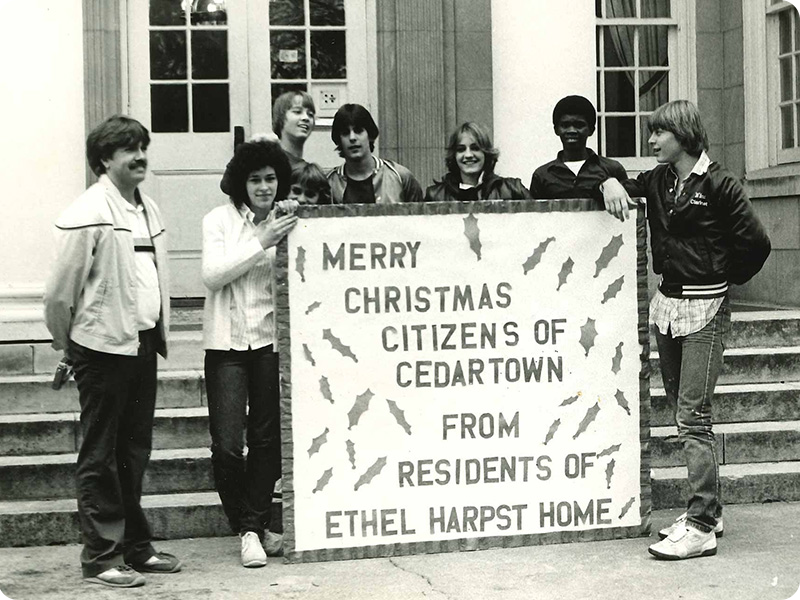

1924
Harpst Home Established
Ethel Harpst’s Harpst Home was established as an orphanage
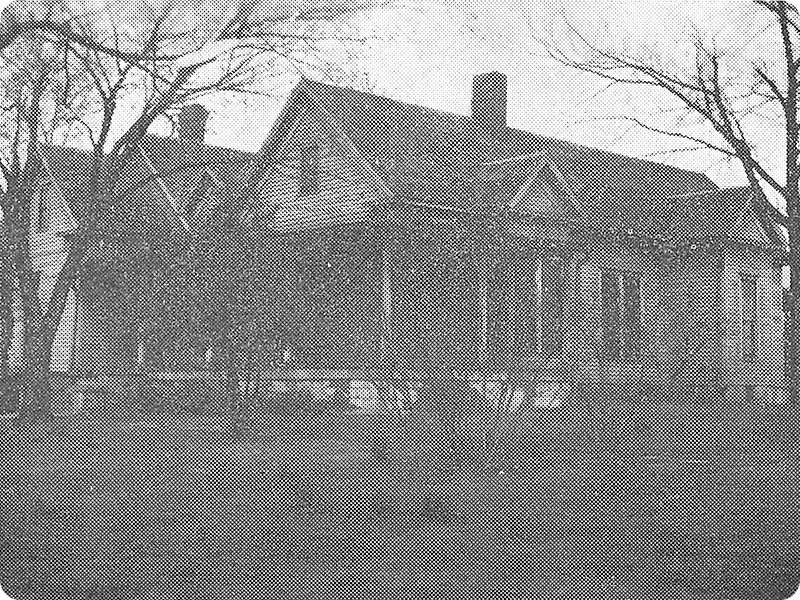

1927
James Hall
The first major building, James Hall, is built on the Harpst Home campus
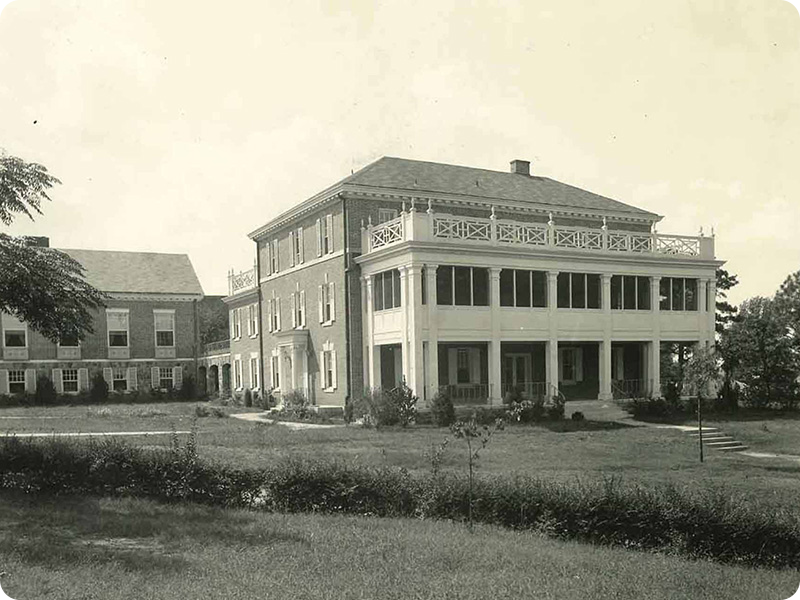

1931
Sarah Murphy’s School
In nearby Rockmart, GA, Sarah Murphy establishes a school for African-American children
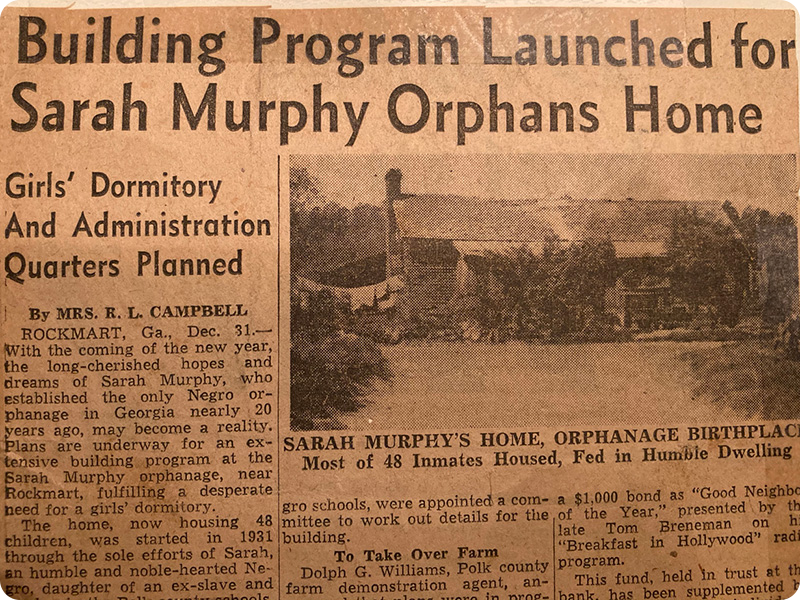

1935
Murphy Home Charter
After years of taking in children in need, Sarah Murphy is granted a state charter to create a permanent home for children
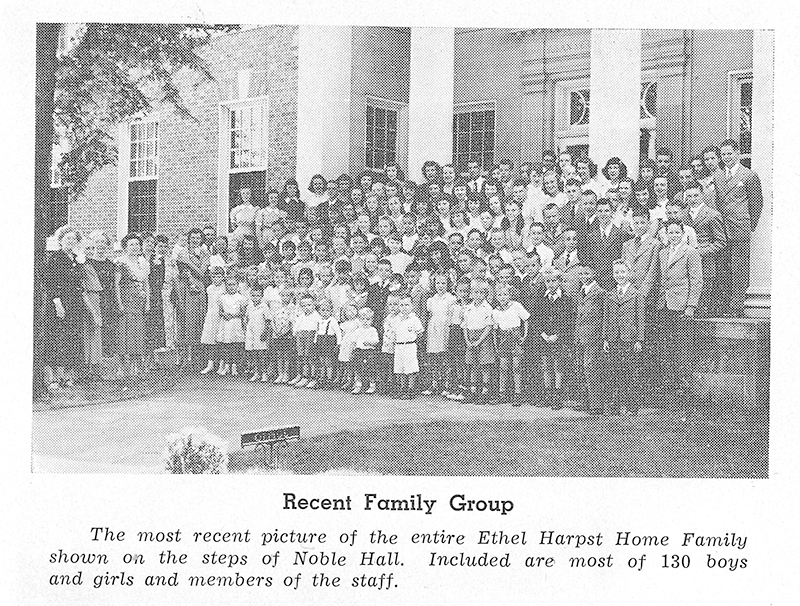

1950
Fire at the Murphy Home
A wood stove starts a fire that destroys the Murphy Home, leaving the family (including 51 children) temporarily homeless. This draws attention and assistance from local Methodist women
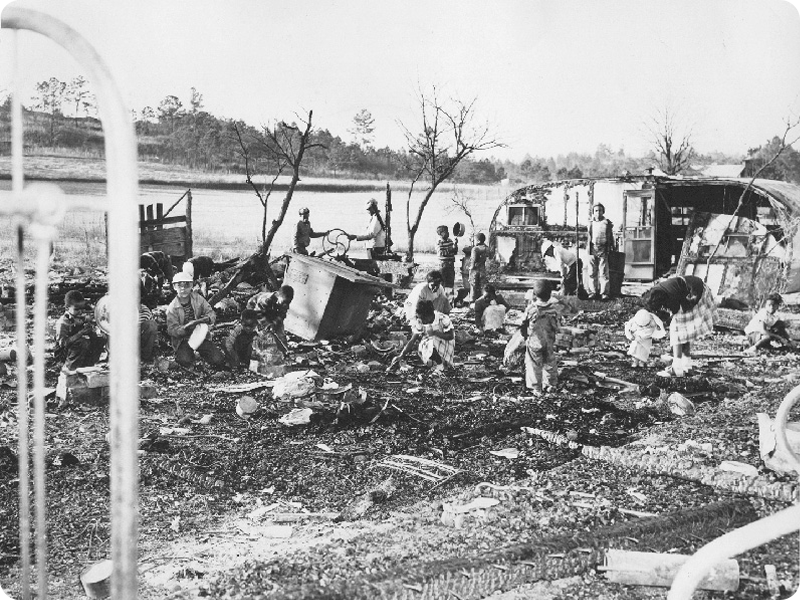

1953
Murphy Home Reconstruction
After donations from around the state, the country, and the world pour in, a new Sarah D. Murphy Home is built in the fall of 1953


1961
Murphy Home Acquired
Following years of partnership, the Women’s Division of the Methodist Church acquired the Murphy Home in 1961
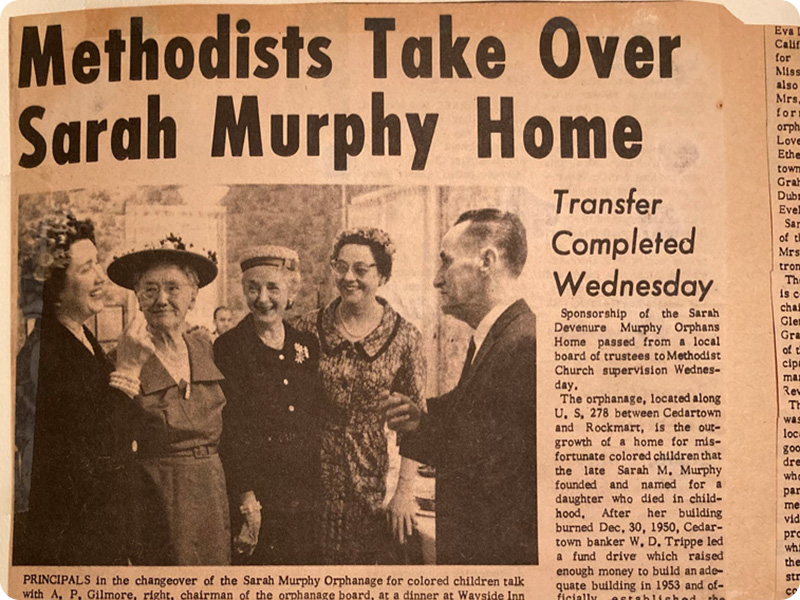

1984
The Homes Merge
The Women’s Division merges the Harpst Home and the Murphy Home into Murphy-Harpst Children’s Centers
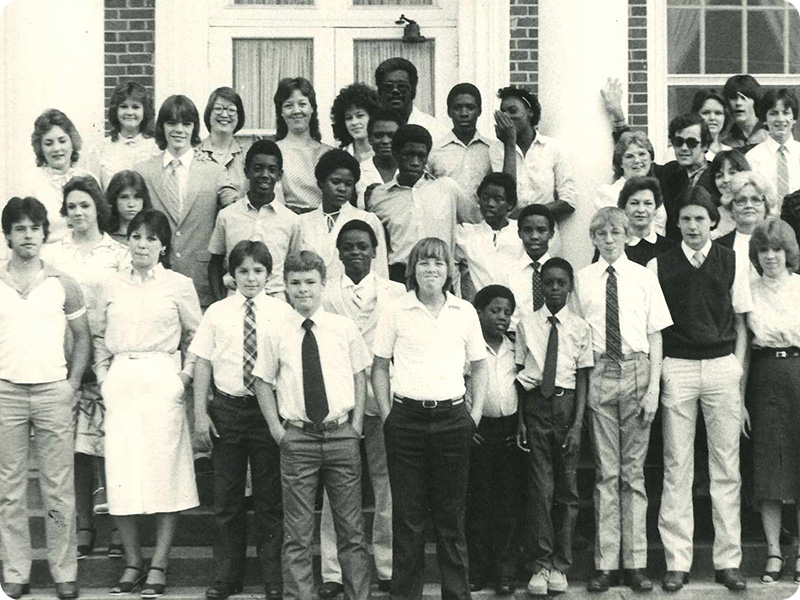

1984
Animal-Assisted and Equine-Assisted Therapy
Murphy-Harpst adds animal-assisted therapy and equine-assisted therapy program to its treatment services
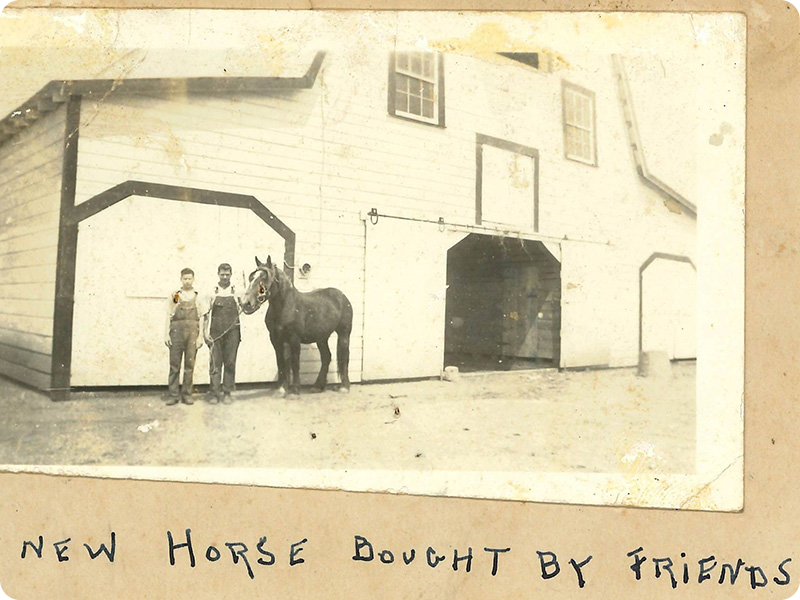

1987
Residential Treatment Provider
Murphy-Harpst was certified as a Residential Treatment Provider in 1987, offering Maximum Room, Board and Watchful Oversight Residential Services, Therapeutic Foster Care, and Core Outpatient Services
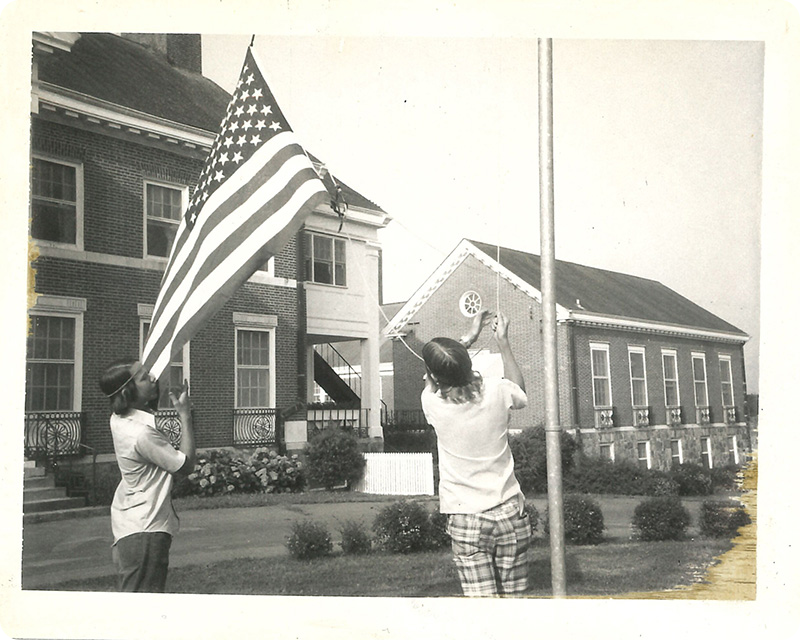

2003
Foster Care Established
Murphy-Harpst begins providing safe and stable homes to children through our Specialized Foster Care program
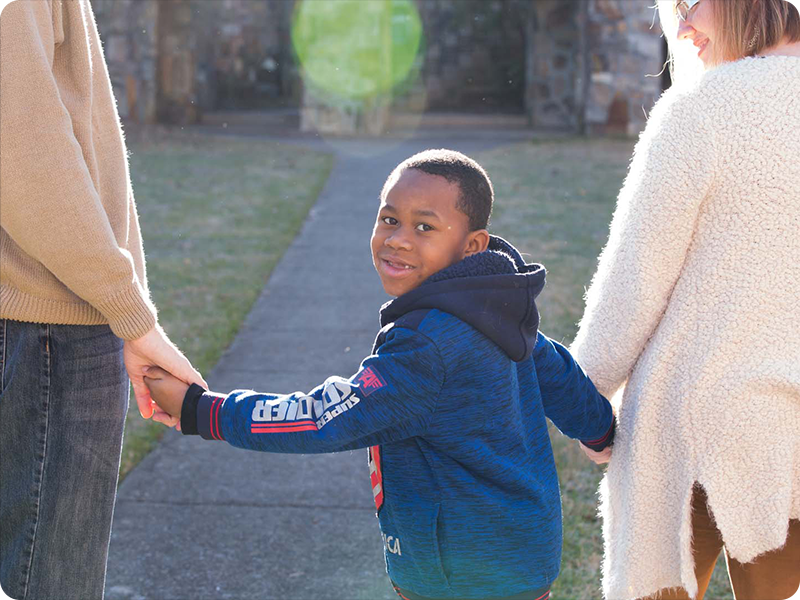

2016
Transitional Living Program Founded
Murphy-Harpst introduced the Transitional Living Program in January 2017
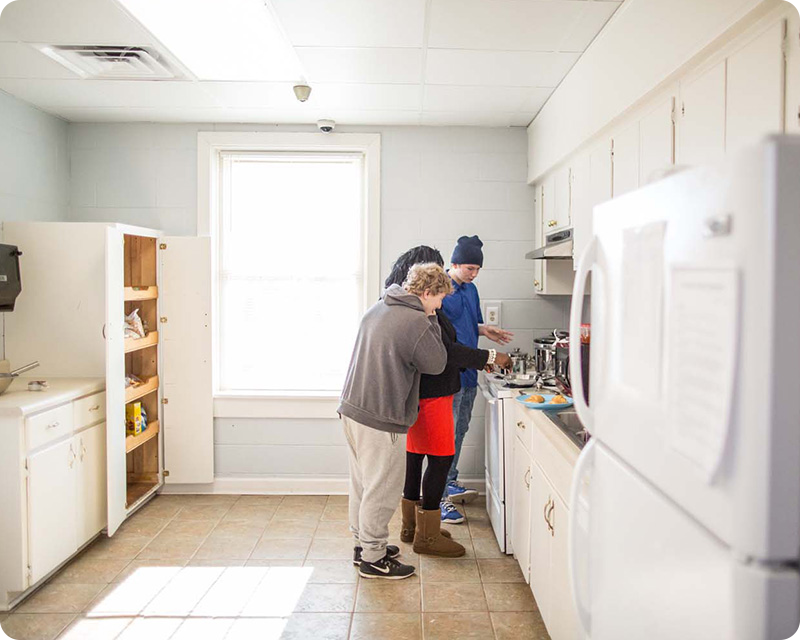

2018
GED Program Founded
In April 2018, Murphy-Harpst partnered with Georgia Northwestern Technical College (GNTC) to provide a GED program through their Adult Learning Program
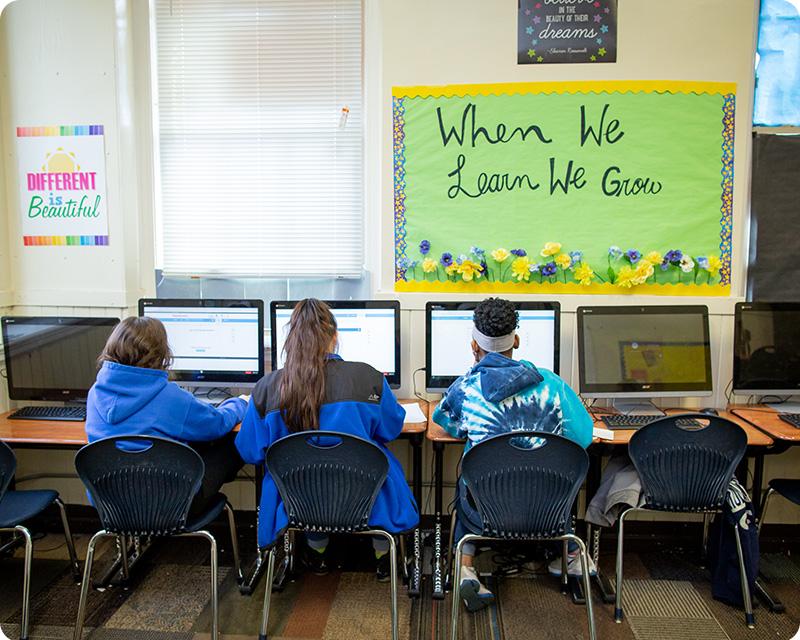

2023
Evolve Initiative Program Begins
Murphy-Harpst begins statewide expansion of services with Evolve homes.
